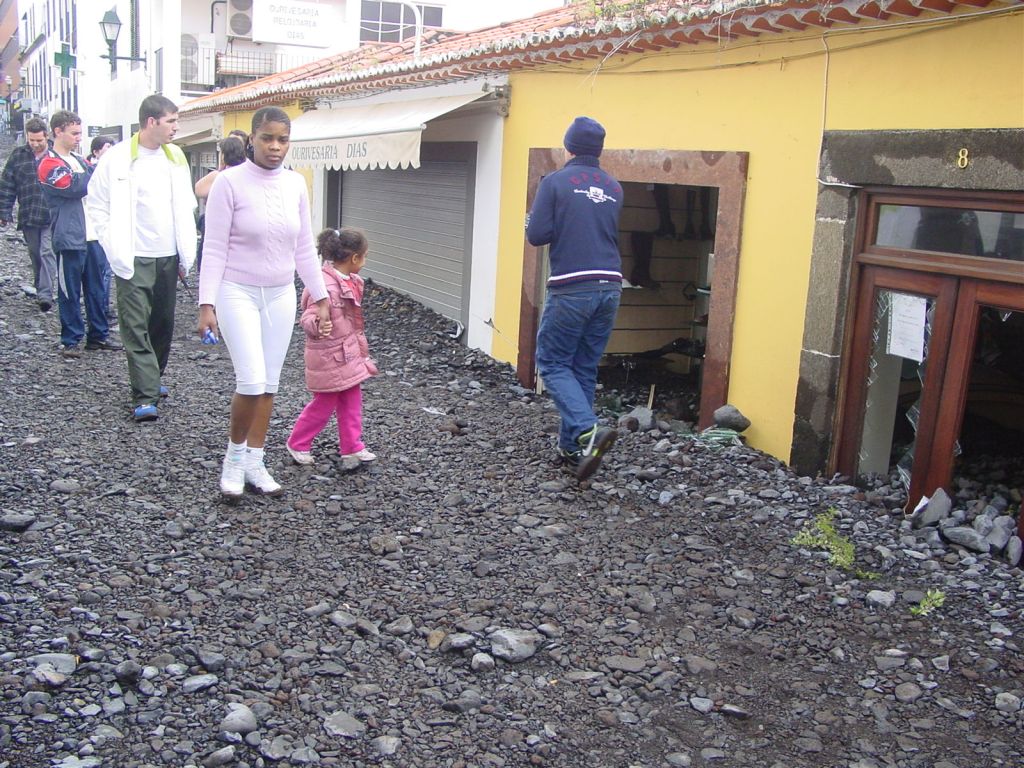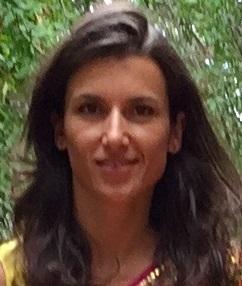Madeira is famed for its winter sun and natural beauty. But when catastrophic floods struck, the island needed financing to rebuild - and to make it more resilient against future disasters
It was Carnival week, with the usual dressing up and partying in the streets. Nobody was prepared for what happened when the Atlantic storm struck. “It was a torrential downpour, and once it had started, it went on, and on,” remembers Ricardo Reis. “The water came cascading down the steep slopes of the mountains. In one moment, mud and water gushed down the streets and buildings.”
Madeira is a mountainous volcanic island 560 miles off the south-west coast of Portugal. In February 2010, it was hit by one of the most devastating flooding of its history: 49 people died, 250 were injured and 650 lost their homes. The damage to infrastructure was massive and the island also had to cope with the future impact of the storms on tourism, one of its main sources of income.

“I accompanied the rescue teams from the earliest moments after the storm, sifting through mud and debris left behind by flooding and mudslides. We tried to get through to several towns and villages still cut off by floods and rockfalls. We saw people swept away or smothered,” continues Ricardo Reis, who is now director of planning and public works in the regional government.
Repairing and reconstructing public infrastructure was a huge and urgent task. Finance was needed and quickly. As this was a post-disaster emergency operation, the European Investment Bank could finance the total project cost with a EUR 62.2 million loan.
“This tragedy could have been the total destruction of the island’s economy,” says Fernando Camano, the EIB engineer who managed this operation and similar projects across the world.
“Together with the Madeira government, we turned it into an opportunity to rebuild the island even stronger and more resilient to flood damage.”
The master plan
The reconstruction was made up of a number of small and medium-sized investments of less than EUR 50 million - all covered by one “framework” loan. “When you are in a post-disaster, you have to address several aspects at once with a holistic approach,” says Camano. “Addressing just one at the time would mean leaving open the chance for another disaster to happen. A single framework loan is the only tool that is effective in post disaster.” Framework loans are indeed the most flexible financial instruments for cities and regions looking to finance various projects in multiple sectors over a three- to five-year plan.

The range of projects covered by Madeira’s framework included:
- high-altitude forest replanting and minimization of other landslide risks
- reconstruction of water supply
- road repairs
- regulation of the water courses
- construction of huge solid slit-dams for sediment management
- redesigning and rebuilding drainage channels
- an early warning system
Work started in early 2011 and was completed by April 2016.
“We sent a draft investment plan to the EIB, they accepted it and we signed the deal in November 2010,” says Reis. “Together with EIB engineers and economists, we agreed on the key projects to finance and they helped us make these bankable. The EIB put the financing in place at great conditions for us.”

Where the need is greatest
The city of Funchal, capital of Madeira, is the most densely populated area of the island. It was also one of the areas most damaged by the landslides. But now there are slit dams controlling water flow to each of the three main streams in Funchal as they rise in the uplands and empty into the sea in the bay. The huge dams – concrete walls with "teeth", 10 metres tall – are intended to retain the solid material in any floodwater, leaving only the finest material to pass through the gaps.

The upstream hydraulic works were financed by the EIB, whereas the redesign of the main rivers’ confluence was financed by European Structural and Investment Funds. The solid materials generated by the floods were used to reclaim several hectares from the sea. Thanks to this work, it was also possible to discover valuable archaeological parts of the old city of Funchal from the period of the early Portuguese colonization in the XV and XVI centuries.
The EIB team was closely involved in the implementation and monitoring of all the projects. “Every 6 months or so, we were there to check,” says Camano, “to meet the scientific consortium, to keep them focused on risk management, to monitor the work, even for the parts that were not covered by our loan.”
Innovation for resilience
Rebuilding the infrastructure is of course essential. But it was very important to ensure the various parts were interconnected in an integrated system. This needed some innovative solutions:

- solid slit dams, impeding tons of rock, placed in critical areas of certain “ribeiras”, preventing catastrophic displacement of tonnes of debris. This supply of rock is now used for civil construction. The earth is used to reshape the banks;

- an early-warning system, including a meteorological radar, measuring stations throughout the territory, integrated civil protection early response and emergency plans;

- a massive replanting of sustainable, autochthonous trees and bushes at medium and high altitudes, playing an important role in preventing landslides, while contributing to a sustainable environment and adaptation to climate change.
In Madeira, Camano is confident future intense rainstorms will be less likely to cause such serious flooding. “Things will not happen with the same intensity. The Government and the civil society of Madeira did a really good job in building a safety margin which will save lives and protect the infrastructure and the environment,” he says.
